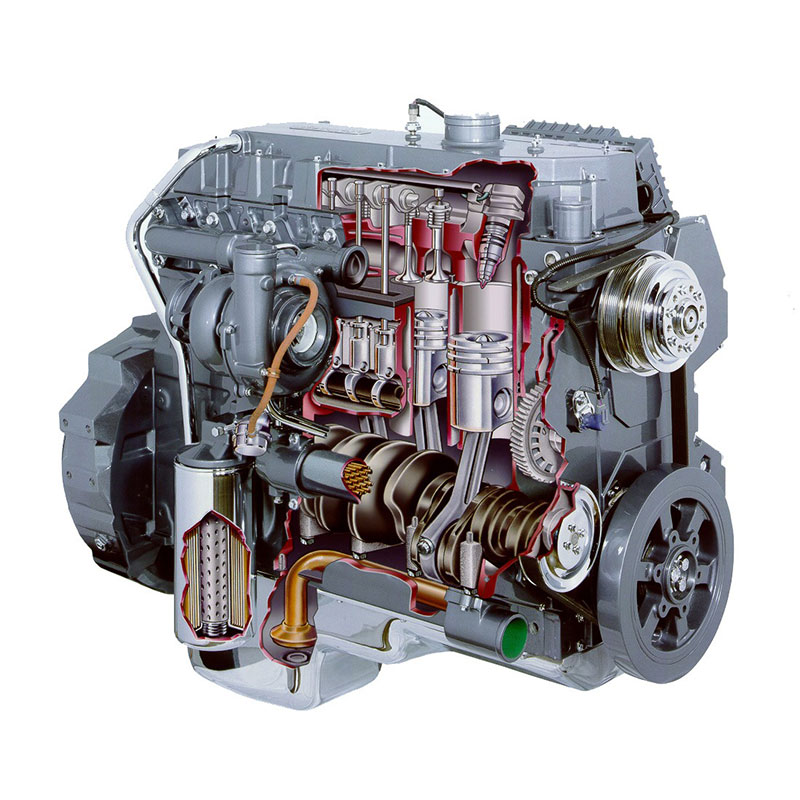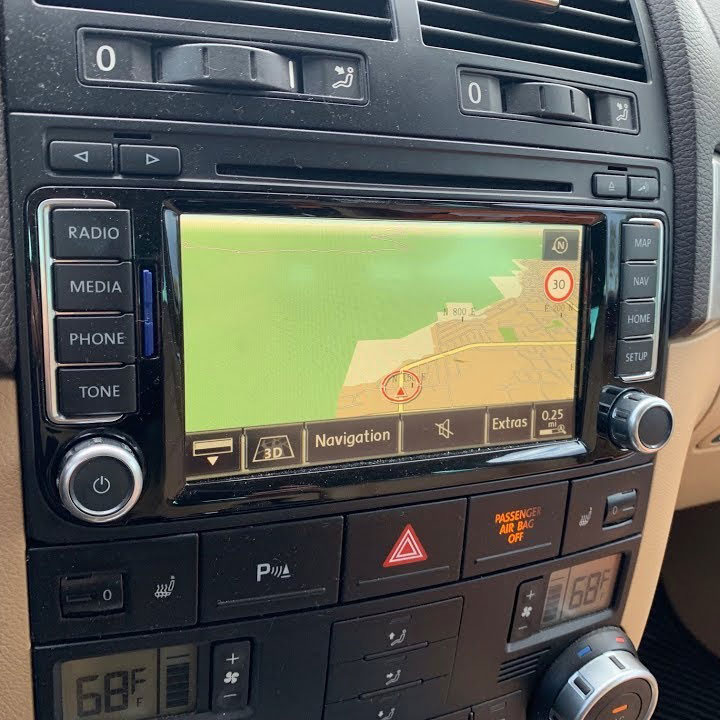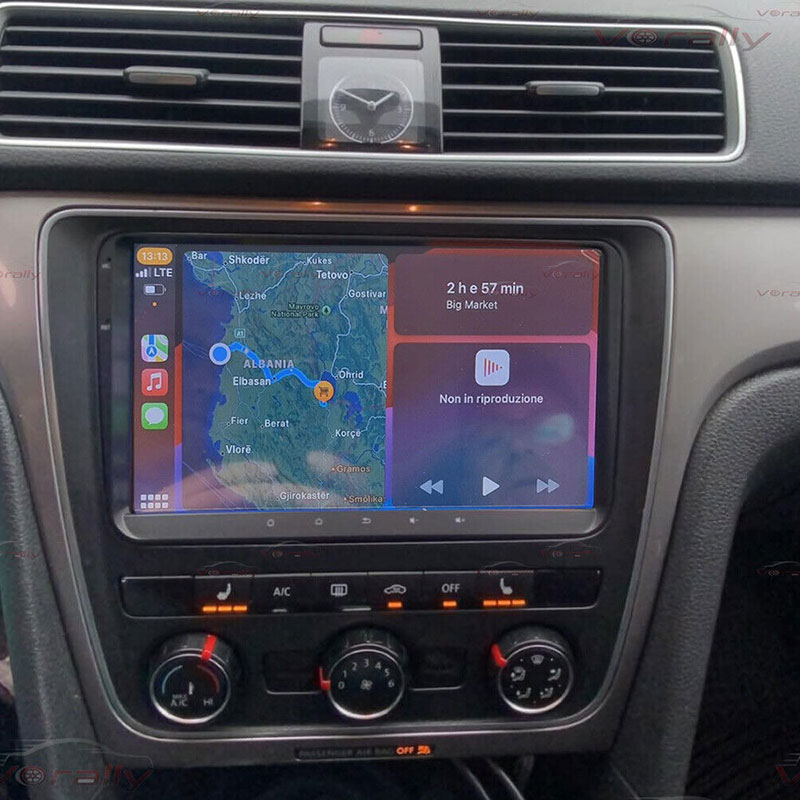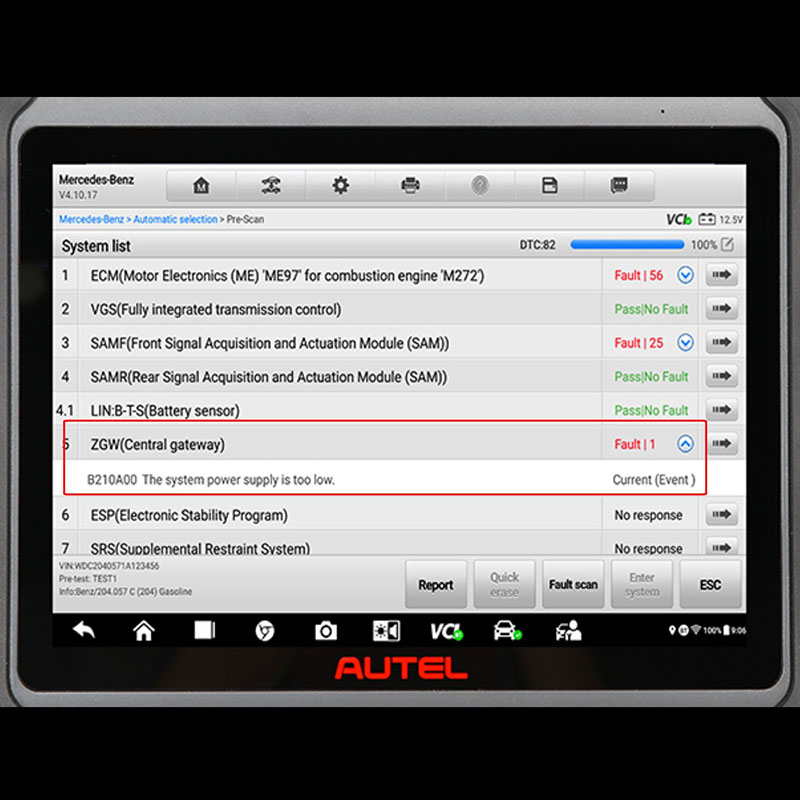Contents
The P0067 fault code on Audi vehicles relates to the Air Assisted Injector Control Circuit High. This issue occurs when the system detects an excessively high voltage in the intake air heating circuit, causing the ECU (Engine Control Unit) to store the P0067 error code.
If left unresolved, this fault may lead to engine performance issues, poor fuel economy, and difficult cold starts. In this guide, we’ll explore the common causes, symptoms, and step-by-step methods to diagnose and fix this issue effectively.
1. What is The Audi P0067 Fault Code
The Audi P0067 diagnostic trouble code (DTC) specifically points to a problem within the Air Assisted Injector Control Circuit High. This indicates that the Engine Control Unit (ECU), the sophisticated brain of your Audi, has detected an unusually high voltage level within the electrical circuit responsible for the intake air heating system.
This system plays a crucial role, particularly during cold starts, by warming the incoming air to facilitate better fuel vaporization and combustion. When the ECU registers a voltage that exceeds the expected parameters in this circuit, it triggers the P0067 fault, illuminating the check engine light on your dashboard and potentially impacting your vehicle’s performance.
Recognizing this code is the initial stride toward resolving underlying issues affecting your Audi’s engine efficiency and drivability. Addressing this promptly can prevent more significant complications and ensure your vehicle operates as intended.
2. Causes of P0067 Error code on Audi
Several factors can contribute to the triggering of the Audi P0067 error code. Pinpointing the exact cause is essential for an effective repair. Let’s delve into the common culprits behind this intake air heater control circuit high voltage problem:
-
Faulty Air Intake Heater: The heating element itself might be defective. Over time, the element can burn out, become disconnected internally, or suffer damage that prevents it from functioning correctly. A malfunctioning heater can lead to an open circuit or an incorrect resistance, potentially causing a high voltage reading.
-
Damaged Wiring or Connectors: The electrical pathways connecting the ECU to the air intake heater are susceptible to damage. Corrosion on the terminals, broken or frayed wires, and even short circuits within the wiring harness can disrupt the normal flow of electricity. These issues can lead to an elevated voltage being detected by the ECU.
-
Blown Fuse or Faulty Relay: The air intake heater circuit is typically protected by a fuse and controlled by a relay. A blown fuse will interrupt the power supply altogether, but a faulty relay might stick in an open position or malfunction in a way that causes an abnormal voltage reading. Similarly, incorrect fuse ratings can also lead to circuit issues.
-
ECU Malfunction: While less common, a problem within the ECU itself can lead to the incorrect interpretation of voltage levels or the erroneous triggering of fault codes. Software glitches or internal hardware failures within the ECU could be responsible for the P0067 error, even if the rest of the circuit is functioning as expected.
3. Symptoms of P0067 Audi Fault Code
When the Audi P0067 fault code is active, you might observe several symptoms that indicate a problem with the intake air heating system. Recognizing these signs can help you understand the severity of the issue and prompt timely action:
-
Check Engine Light Illumination: This is the most immediate and noticeable symptom. The malfunction indicator lamp (MIL), commonly known as the check engine light, will illuminate on your Audi’s dashboard to alert you to a detected problem within the engine management system.
-
Difficult Cold Starts: The air intake heater is most critical during cold weather starts. If it’s not functioning correctly due to the P0067 issue, you may experience prolonged cranking, engine hesitation, or failure to start easily, especially in lower ambient temperatures.
-
Rough Engine Operation: An improper air-fuel mixture, which can result from a malfunctioning intake air heating system, can lead to rough idling or fluctuating RPMs (revolutions per minute) while the engine is running. You might notice vibrations or an uneven engine sound.
-
Increased Fuel Consumption: When the intake air isn’t properly heated during cold starts, the engine might compensate by injecting more fuel to maintain combustion. Over time, this can lead to a noticeable increase in your Audi’s fuel consumption and lower fuel economy.
-
Loss of Engine Power or Hesitation During Acceleration: In some cases, a problem with the intake air system can affect the engine’s overall performance. You might experience a lack of power or a hesitation when you try to accelerate, particularly when the engine is cold.
4. Tools and Software Needed
Required Tools
- OBD-II Scanner – Use VAS 6154 or VAS 5054A to read and clear fault codes.
- Multimeter – To measure voltage and resistance in the air heater circuit.
- Basic Tool Kit – Wrenches, screwdrivers, and pliers for component removal.
- Voltage Tester – To verify power supply to the heating circuit.
Recommended Diagnostic Software
- ODIS Service – Advanced diagnostics
- ODIS Engineering: ECU programming.
5. Step-by-Step Guide to Fix DTC P0067 on Audi
Follow these detailed steps to systematically diagnose and fix the Audi P0067 error code. Remember to consult your Audi’s repair manual for specific locations and procedures relevant to your vehicle model and year.
Step 1: Initiate Fault Code Scanning
-
Locate the OBD-II diagnostic port in your Audi, typically found under the dashboard on the driver’s side.
-
Connect your OBD-II scanner to the diagnostic port and turn on the ignition (without starting the engine).
-
Navigate the scanner’s menu to read fault codes. Confirm that the P0067 code is present. Note down any other accompanying fault codes, as they might provide additional clues.
-
Utilize the live data function of your scanner (if available) to observe parameters related to the intake air heater circuit, such as voltage readings and temperature sensors. This real-time data can offer insights into the circuit’s behavior.
Step 2: Conduct a Thorough Inspection of the Air Intake Heater
-
Identify the location of the air intake heater. It is usually situated near the throttle body or within the intake manifold assembly. Refer to your Audi’s service manual for the precise location.
-
Visually examine the heater element and its housing for any obvious signs of physical damage, such as cracks, corrosion, or burn marks.
-
Check the electrical connector attached to the air intake heater. Ensure it is securely fastened and look for any signs of corrosion or damage to the connector pins.
-
Using your multimeter, perform a resistance test on the air intake heater element. Disconnect the electrical connector and measure the resistance across the heater terminals. Compare the reading to the specifications provided in your Audi’s service manual. An open circuit (infinite resistance) or a reading significantly outside the specified range indicates a faulty heater that likely needs replacement.
Step 3: Meticulously Examine Wiring and Connectors
-
Carefully trace the wiring harness that leads to the air intake heater from the ECU and the power source (fuse/relay).
-
Visually inspect the wiring for any signs of damage, including cuts, fraying, or exposed wires. Pay close attention to areas where the wiring might rub against other components or be exposed to heat or moisture.
-
Inspect all connectors in the circuit for corrosion, loose connections, or damaged pins. Clean any corroded terminals with a wire brush or electrical contact cleaner. Ensure that all connectors are firmly seated.
-
Use your multimeter to perform continuity tests on the wires in the circuit. With the ignition off and the circuit de-energized, check for continuity between relevant points, as indicated in your Audi’s wiring diagram. Also, check for any unintended continuity to ground, which could indicate a short circuit. Repair or replace any damaged wiring or connectors as needed, ensuring proper connections and insulation.
Step 4: Investigate Fuses and Relays
-
Locate the fuse box(es) in your Audi. Consult your owner’s manual or a wiring diagram to identify the fuse specifically associated with the intake air heater circuit.
-
Visually inspect the fuse for any signs of being blown, such as a broken filament.
-
For a more reliable check, use your multimeter to test the fuse for continuity. A blown fuse will show no continuity and should be replaced with a new fuse of the exact same rating.
-
Identify the relay for the intake air heater, typically located in the fuse box or a nearby relay panel. Refer to your Audi’s service manual for its exact location.
-
To test the relay, you might need to consult your vehicle’s wiring diagram to understand its pin configuration. You can usually apply power to the relay’s control circuit (if you know the correct pins) to see if it clicks, indicating that the internal switch is operating. You can also use your multimeter to check for continuity across the power terminals when the relay is activated. If the relay is not functioning correctly, it should be replaced.
Step 5: Evaluate and Update the Engine Control Unit (ECU)
-
If all the preceding steps have not revealed any obvious faults and the P0067 error persists, the ECU itself might be the source of the issue.
-
Using ODIS or VCDS software, connect to your Audi’s ECU and check for any stored software updates or known issues related to the intake air heater control circuit.
-
If software updates are available, follow the instructions provided by the diagnostic software to update the ECU to the latest version. This can sometimes resolve software glitches that might be causing the incorrect voltage readings.
-
In rare cases, a hardware malfunction within the ECU could be the cause. Diagnosing and repairing ECU hardware issues often requires specialized equipment and expertise. If you suspect an ECU problem, it’s advisable to seek assistance from a qualified automotive electronics specialist or an authorized Audi service center.
Step 6: Clear Fault Codes and Conduct a Thorough Test Drive
-
Once you have addressed the identified issues, connect your OBD-II scanner again and use it to clear the P0067 error code and any other related DTCs from the ECU’s memory.
-
Start your Audi’s engine and allow it to run for a few minutes while monitoring for any unusual noises or warning lights.
-
Take your vehicle for a test drive under various driving conditions to ensure that the symptoms have been resolved and the engine is performing smoothly, especially during cold starts and acceleration.
-
After the test drive, reconnect your OBD-II scanner and scan for fault codes again to confirm that the P0067 error code has not returned. If the code reappears, it indicates that the underlying issue has not been fully resolved, and further diagnosis might be necessary.
By diligently following these step-by-step instructions and utilizing the recommended tools and software, you can effectively diagnose and repair the Audi P0067 error code, restoring your vehicle’s optimal performance and efficiency.
Conclusion
The P0067 fault code on Audi vehicles is related to the air intake heater circuit and can impact engine performance, fuel efficiency, and cold-starting ability. By following this step-by-step guide, you can diagnose and repair the issue efficiently.
If you need professional assistance with diagnostics, coding, or programming, our team at AutoExplain is here to help. Contact us via WhatsApp at +84967469410 for expert automotive support.
Need Expert Help? Contact AutoExplain Today!
✅ Car Diagnostics & Coding
✅ ECU Programming Support
✅ Professional Troubleshooting for Audi & More
📞 WhatsApp: +84967469410








